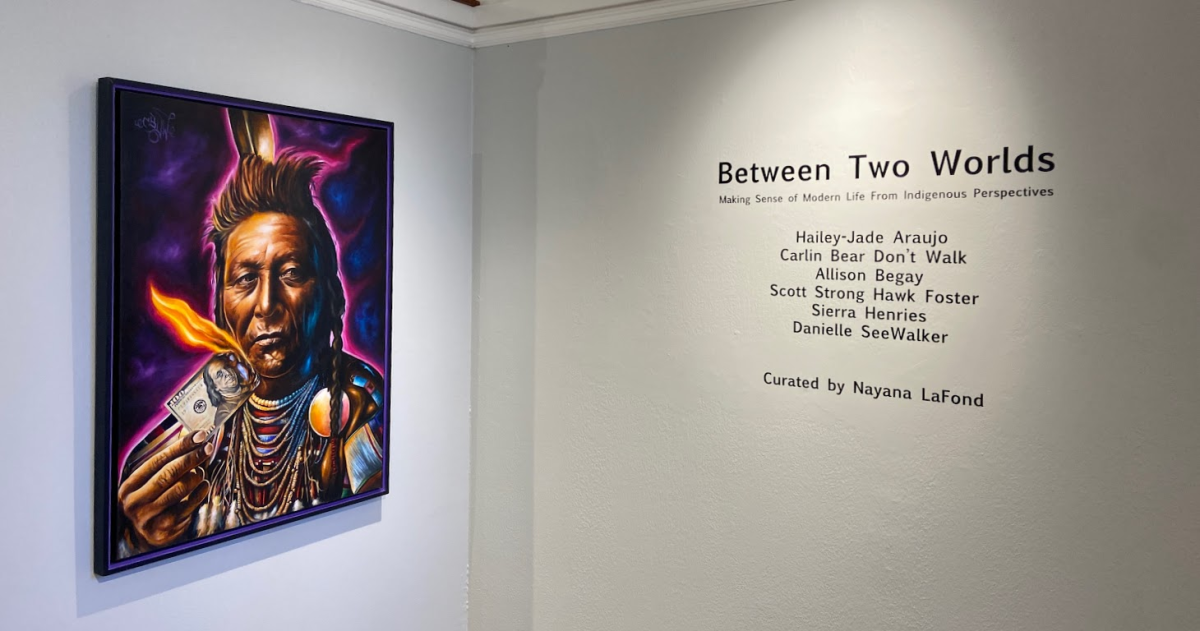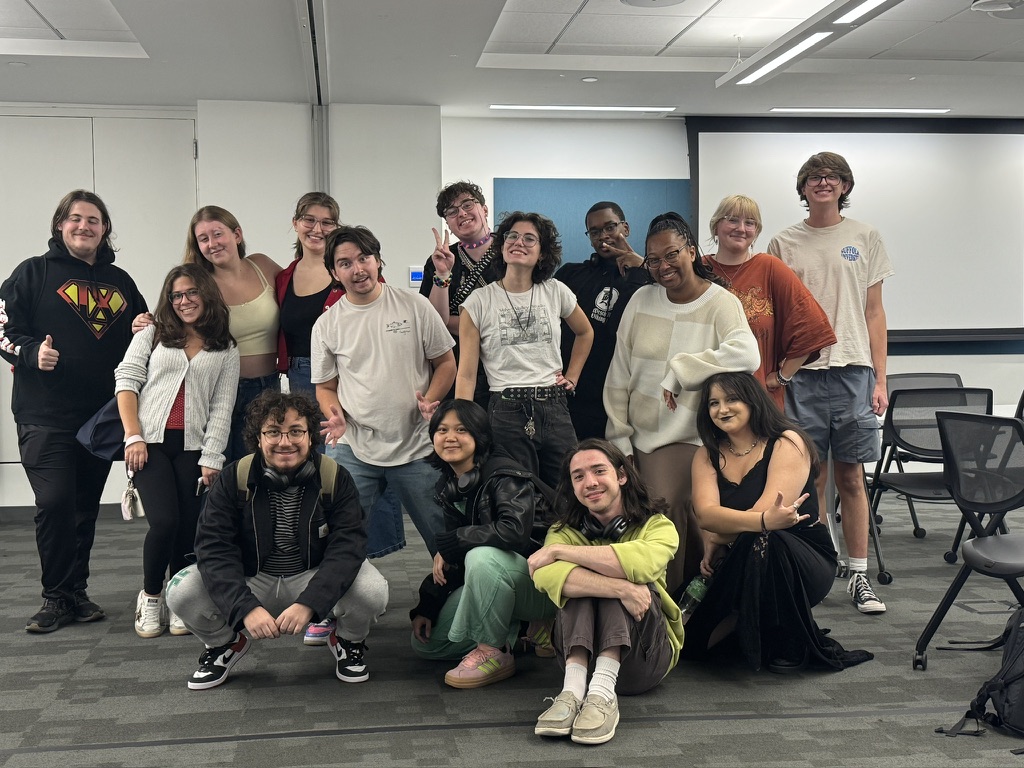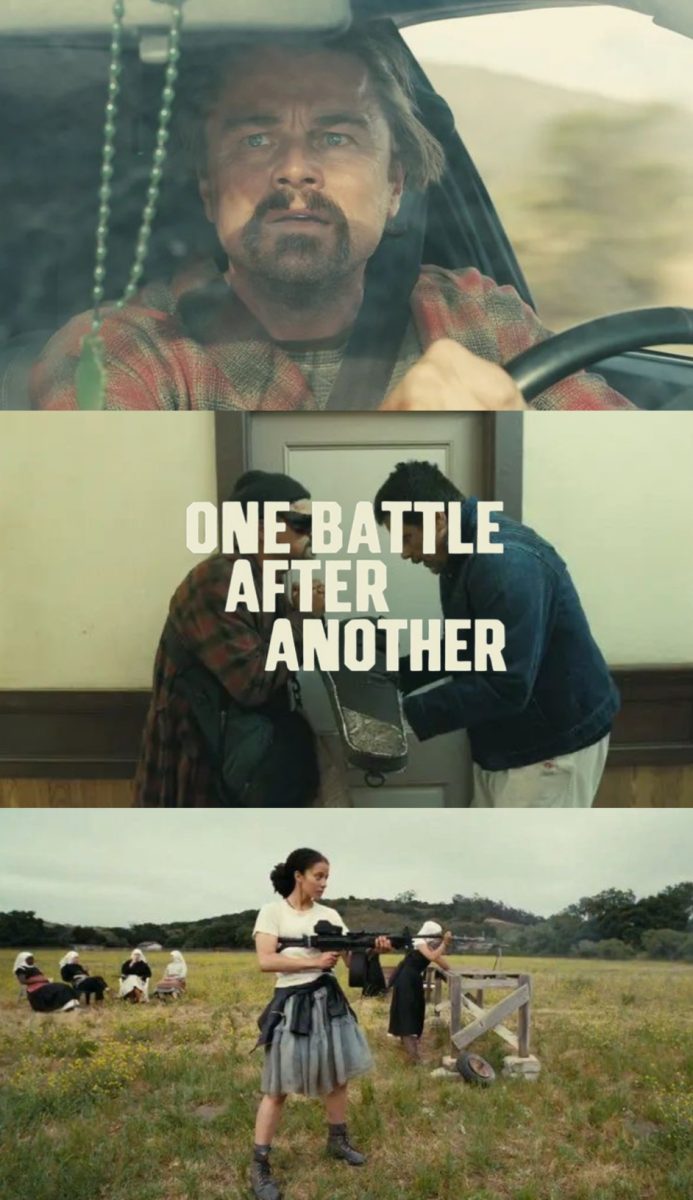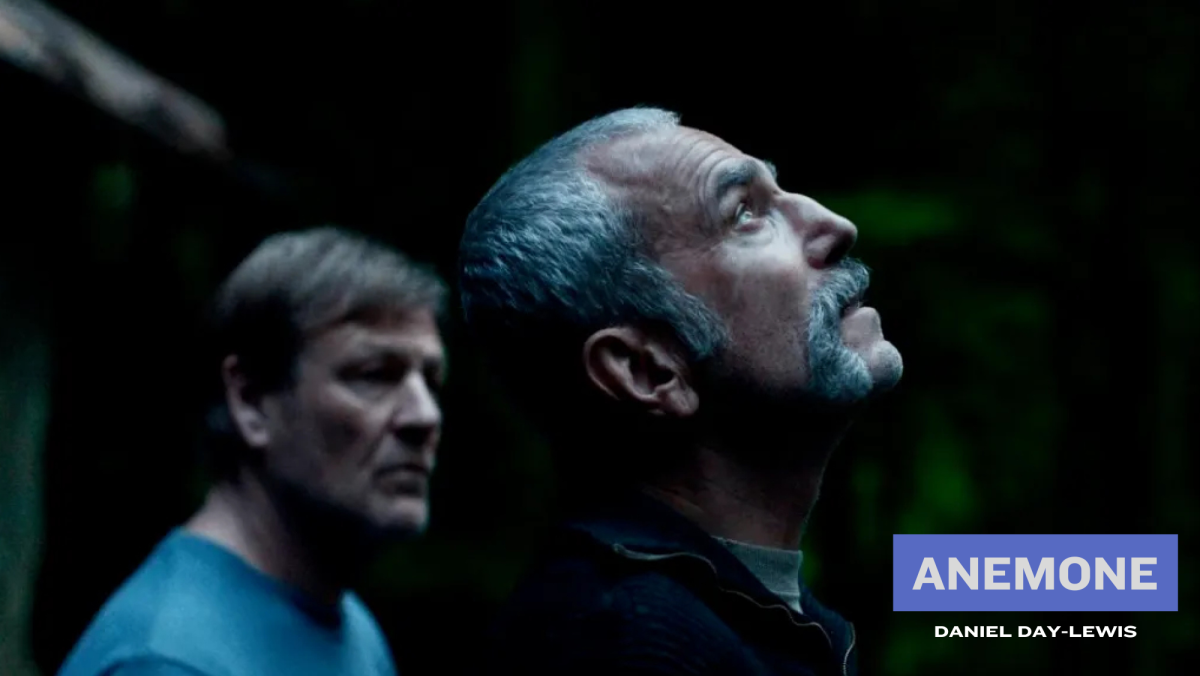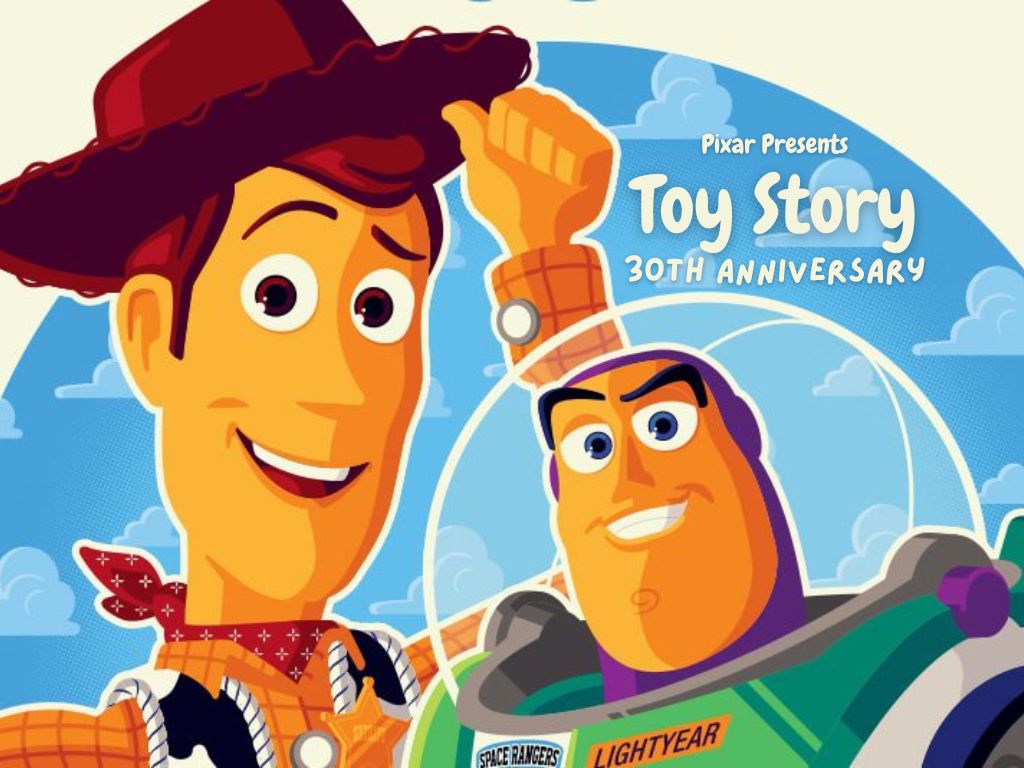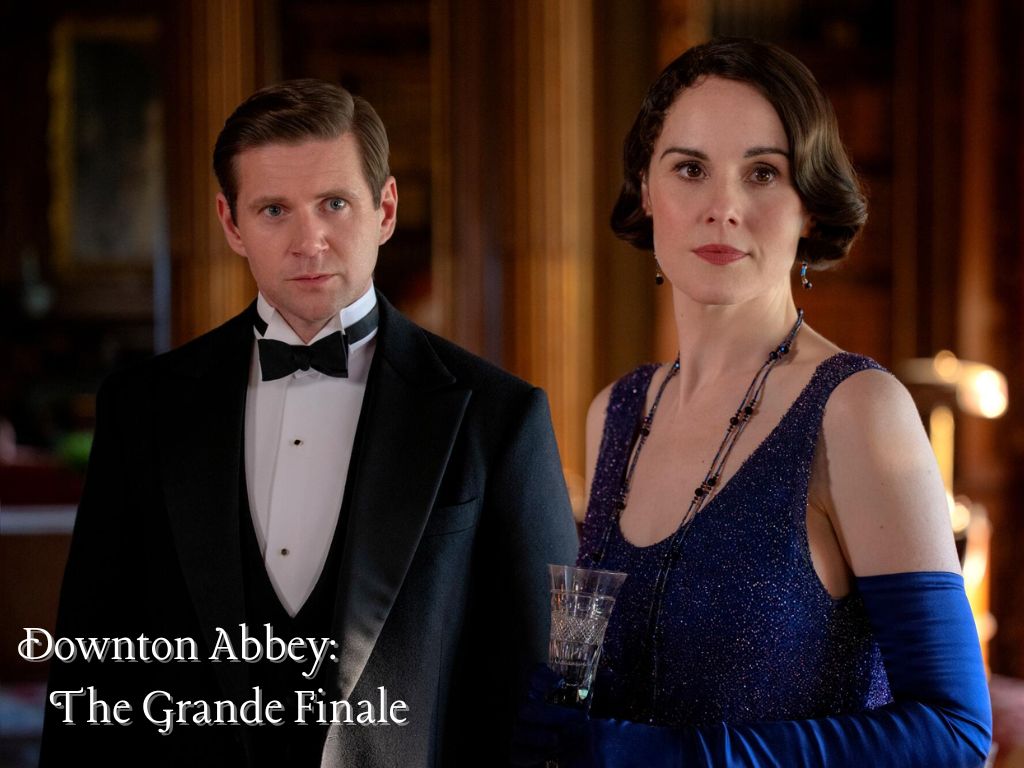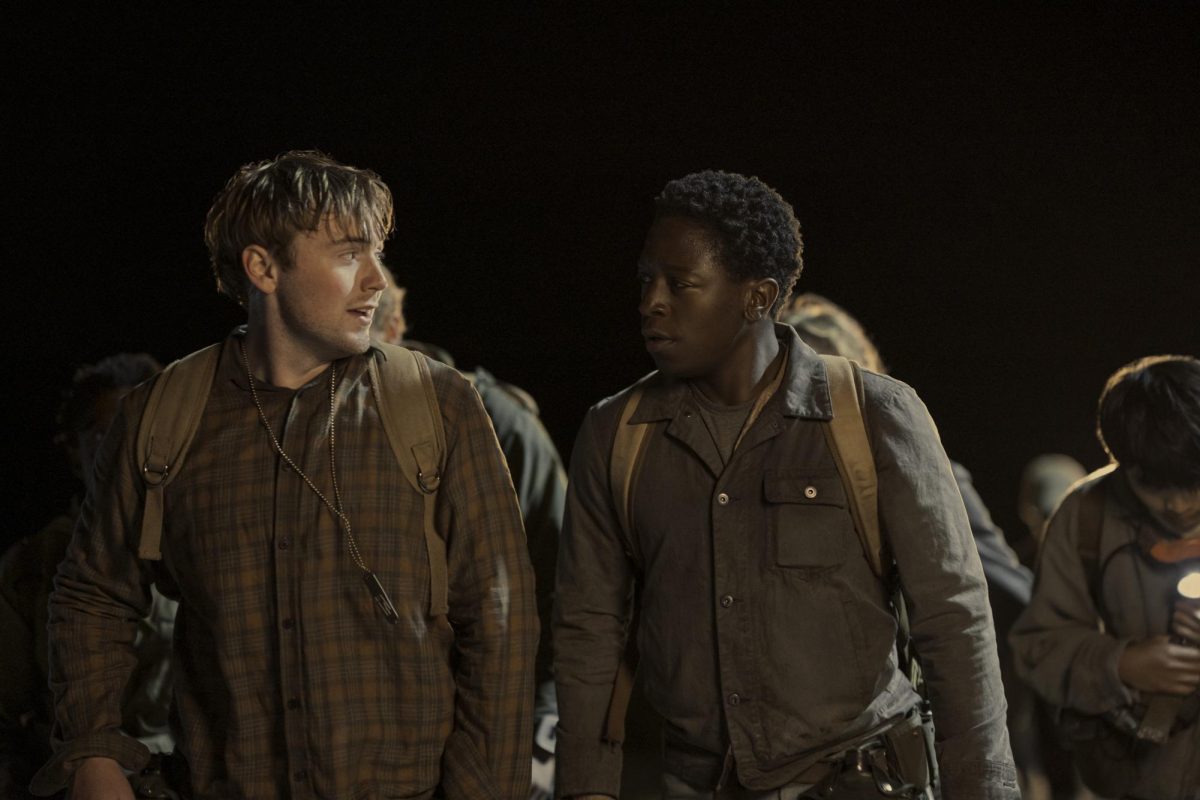Nearly everyone is familiar with Ted Bundy, the American serial killer who kidnapped, raped and killed at least 30 women in the 1970s. Whether people want to admit it or not, they are fascinated by monsters like Charles Manson, Jeffrey Dahmer and, in this case, Ted Bundy.
It is one of those situations where you want to put the newspaper down, but you can’t. You want to turn the TV off, but you can’t. It is so hard for ordinary people to come to terms with the fact that other human beings can commit these types of horrendous crimes. If you are someone who is not afraid to admit that you are interested in these bone chilling scenarios, tune into “Conversations With A Killer: The Ted Bundy Tapes” on Netflix, the four episode series that chronicles the life of Ted Bundy.
The documentary features several audio recordings from interviews that journalists Stephen G. Michaud and Hugh Aynesworth conducted with Bundy during his time on death row in the 1980s. Director Joe Berlinger’s use of these audio recordings, plus archival footage, will bring the viewer back more than 30 years to a time where Ted Bundy was one of America’s most wanted men.
The viewer will be taken on the roller coaster ride that is Ted Bundy’s life. The first episode portrays the early life of infamous killer. This section describes how normal the young boy seemed to be, and contains interviews with his childhood friends and family. There is something eerie about hearing interviews from people who knew him before his life took turn an evil turn. The second episode dives deep into his crimes, showing the heart wrenching photos of his victims and their loved ones. The episode also contained an interview with a woman who survived an attempted abduction by Bundy in the 1970s. The third episode goes through the long, drawn out trial, leaving the viewer extremely frustrated with the court case. Ted Bundy takes the entire trial humorously. He laughs and smiles throughout it, and makes jokes with the judge. The final episode describes the last years of his life on death row. This episode shows how many times Bundy had his execution date pushed back, and shows the reactions of the crowd who stood outside the prison on the day his execution, which took place on Jan. 24, 1989.
Through this series, the viewer sees how these criminal acts impacted the family and friends of the deceased. By the end of Bundy’s spree of murders, thousands of people were affected by his crimes, and in a way, he made all of these people victims.
The viewer is able to follow the sequence of events quite easily. In the beginning of each segment, the shot cuts to a timeline that displays the month and year to indicate when the events took place. The timeline begins in 1951, when Bundy is only five years old, and it ends in 1989 when he is executed.
Some people did not believe Bundy was guilty. They could not understand why someone so “smart and handsome” would do such awful things. For many years, Bundy would not confess. It was not until Jan. 22, 1989, just two days before his execution, Bundy spoke to Detective Bob Keppel and admitted to being involved with nearly 30 homicides.. His voice comes through the speakers as he confesses and talks about the murders, and the photos of his victims are displayed on the screen. Not only is this film a front row seat to his confession, but it is a glimpse into the bizarre inner workings of a vicious mind like Ted Bundy’s.
This series is both disturbing yet interesting. Most documentaries about beasts like Ted Bundy do not have the killer’s voice and thoughts heard throughout the episodes. The idea that this sort of human being existed, and viewers can hear him talk about his life and the crimes he committed through his perspective, make this series stand out from other crime shows.






